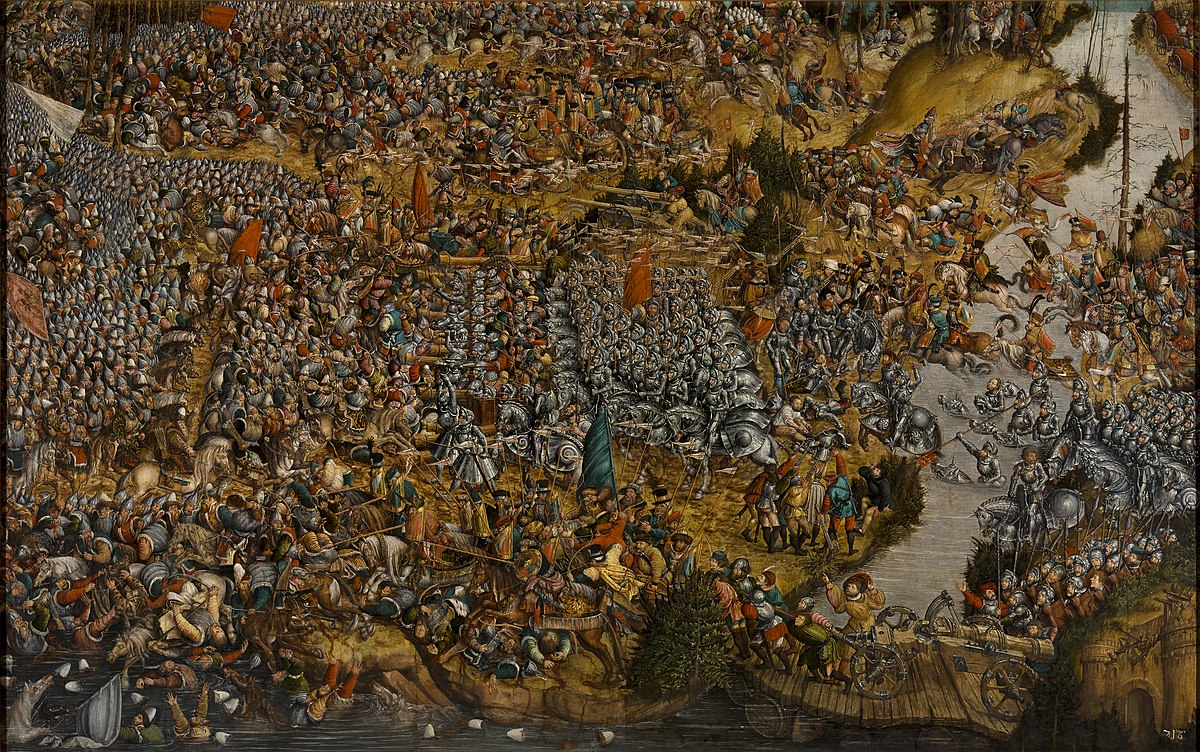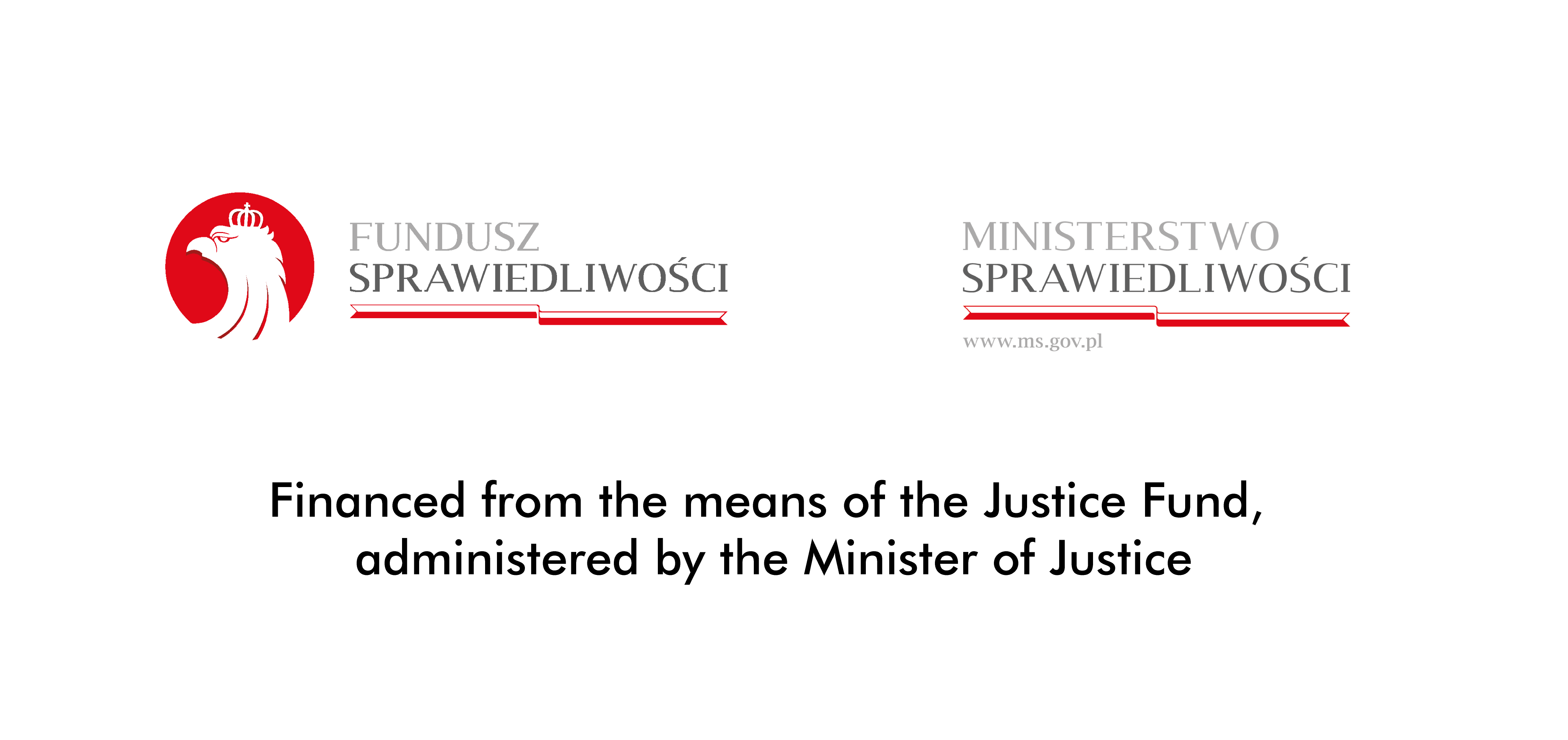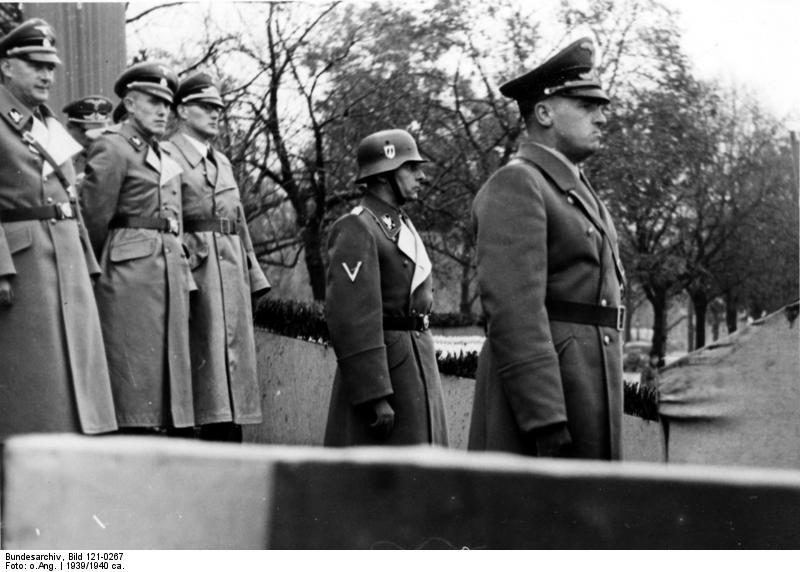The eternal struggles with Moscow and their reflection in art (Part 1)

The struggles of the nations of Central and Eastern Europe with Moscow have been going on for over 500 years. Poles, Lithuanians, Ruthenians, and Ukrainians (Cossacks) stood together to defend their freedom. They are represented in many fascinating works of art that are still awaiting permanent entry into the national imaginarium.
Jerzy Miziołek
Battle of Orsha (1514)
“I sing of great triumphs / And victorious green laurels / Under your eyes and wings / And in following you, [John] Grace / The crowd raises Polish honors / In various praises to the stars / Applause and gentle singing / Filling the [Eternal] City”.
This poem was circulated around Rome, where at the beginning of January 1515 the great Polish-Lithuanian victory at Orsha, which took place on September 8th, 1514, over the troops of Vasily III, Grand Duke of Moscow, was celebrated. The Polish-Lithuanian army, commanded by Hetman Konstanty Ostrogski, consisted of mercenary cavalry and infantry, as well as the Lithuanian mass movement. It was a well-equipped, 34,000-strong military expedition, armed with cannons, and inspected by King Sigismund I himself. Muscovite forces are estimated by historians at around 60,000. An important role, as over a century and a half later at Vienna, was played by heavy cavalry, which quickly broke the left wing of the Moscow troops. Marcin Bielski, a chronicler of those times, described the defeat of Vasilii III’s army as follows: “frightened by the escape of his troops, and more daringly pressured by our hand and gun, he scattered back after the others through the mountains, pits, forests, ran away, already in defeat; our people beat, chopped, and pushed the fleeing troops for a few miles, fields, mud, forests were full of beaten bodies and fallen horses”. The strike of a detachment commanded by Ostrogski himself also played an important role in the battle. The victorious hetman was called “Scipio Ruthenus”, and the battle itself was commemorated with a famous painting, stored in the National Museum in Warsaw.
This fascinating painting shows the decisive phase of the battle described by Bielski. In as many as three of its episodes we see Hetman Ostrogski with a mace in his right hand, but the painting is striking primarily due to the precision in showing individual formations of troops, weapons, and battle fervor. The victory of the Polish-Lithuanian forces at Orsha stopped Moscow’s attempts to seize Livonia and Rus for a long time, but it was not fully used, as Smolensk, lost a few months earlier, was not recovered; this fortress returned to the Polish-Lithuanian Commonwealth only in June 1611. Sigismund I, however, took care of publishing leaflets informing foreign courts about the defeat of Moscow, in order to break the alliance of Vasily III with the Habsburgs. There was also the well-staged triumph in the Eternal City, mentioned in the quoted poem. These Roman ceremonies were organized on the king’s order with an accent of propaganda by Primate Jan Łaski (hence the reference to his name in the poem) and Bernard Wapowski.
Battles of King Batory and Jan Zamoyski for Livonia
Despite the pogrom at Orsha, Moscow resumed its efforts to capture Livonia. The seizure of Narva (1558), and then the Livonian castles, led by Dorpat, meant that in 1559 king Zygmunt August took Livonia under his protection, which resulted in a war with the Muscovite state. Fights took place not only in Livonia, but also throughout the Lithuanian-Moscow border. The loss of Połock in 1563 opened the prospect of seizing the capital of Lithuania – Vilnius. In these wartime circumstances, a memorable event took place – the establishment of the Polish-Lithuanian Commonwealth. The Polish-Lithuanian Union, called the Union of Lublin, signed in 1569 meant that the Crown was to continue to support Lithuania in its fight against Moscow.
When Ivan the Terrible took further steps to capture the entire Livonia, the Commonwealth had to enter into large-scale military operations. These were the participation of one of the greatest warriors in the history of Poland. The war campaigns of King Stefan Batory (1579–1581) resulted in great victories. Połack and Velikiye Luki were captured and Livonia was recovered. Hetman Jan Zamoyski played a significant role in these military expeditions. Although the battle for Pskov did not bring success, the subsequent military operations of Batory forced Moscow to negotiate, which is commemorated – not entirely in accordance with the course of events – by Jan Matejko’s famous painting “Batory at Pskov”. The truce in Jam Zapolski (1582) sealed the stopping of Moscow’s expansion to the west. It also opened up the prospect of further activities on the eastern wall of the Republic of Poland and the recovery of Smolensk. Batory’s death in 1576 made these plans impossible, postponing them in time. Following Mirosław Nagielski, it is worth emphasizing here that during this war with Moscow, the driving fields in the enemy’s deep hinterland were perfectly used, destroying the 400 km long belt of territory and making it impossible for Moscow to organize an army to rescue at that time.
During the described war, Stanisław Sarnicki published a brieft text “O triumfiech i o tych rzeczach, które po zwycięstwie bywają” [“About triumphs and about those things that happen after victory”] (1581). It describes wreaths, monuments commemorating triumphs, such as columns, horse statues, obelisks, and triumphal arches. On the frontispiece of his book, the author placed the words: “Now, when people talk about the capture of Połack and Veliko Luki, this book is the most worth reading”. The name of Stefan Batory is associated not only with the victorious Polish-Moscow war, but also with the magnificent triumphal ceremonies in Vilnius and Krakow, which also included the achievements of the chancellor and hetman Jan Zamoyski. A valuable memento is also a print – made during the reign of King Sigismund III – showing the hetman; it is decorated with numerous scenes from the war with Moscow.
A print made in 1617 by Jacopo Lauro shows Zamoyski as a rider in the arcade of the triumphal arch, which contains extremely rich iconography. “He – Szymon Starowolski writes referring to Zamoyski – was virtually the only one in our time who was fluent in the knowledge of the ancient Roman martial arts. Having visited the most enlightened countries in Europe during the reign of Sigismund Augustus, he shone among his Sarmatians with his knowledge of science and his erudition no less than his war fame”. On the architecturally fragmented facade of the arch, Lauro arranged symmetrically, in round, oval and rectangular frames, 26 representations illustrating the famous deeds of the Hetman, and supplemented them with Latin explanatory captions. In the middle of the architrave there is an inscription dedicated to Sigismund III, in the top – royal coats of arms, and on the sides – allegorical figures: Justice, War, Victory, Courage, Public Power, and Fame.
These scenes from Zamoyski’s life show, among others, the capture of fortresses, including two during the Moscow War; these are probably Wielkie Łuki and Wieliż. His conquest of Wieliż gave this illustrious fighter real cause for military glory, as was his entire participation in the long-term but fully victorious war with the troops of Tsar Ivan the Terrible.
(…)
This article was published in August 2022 in “Do Rzeczy” magazine.




